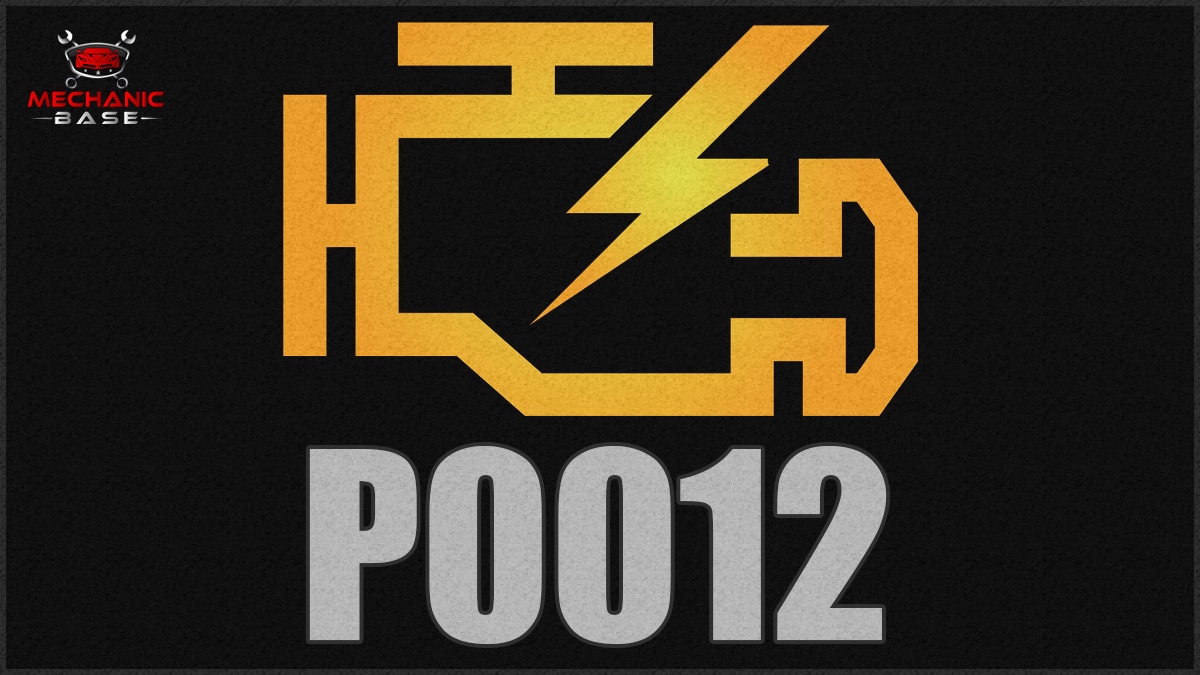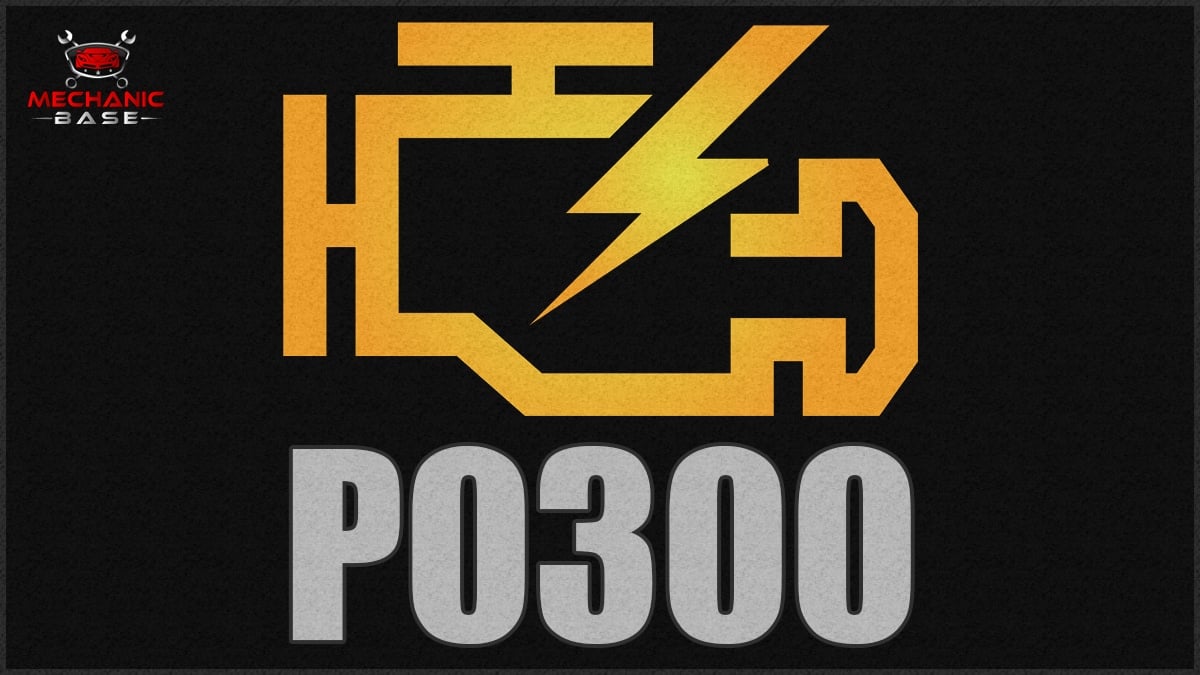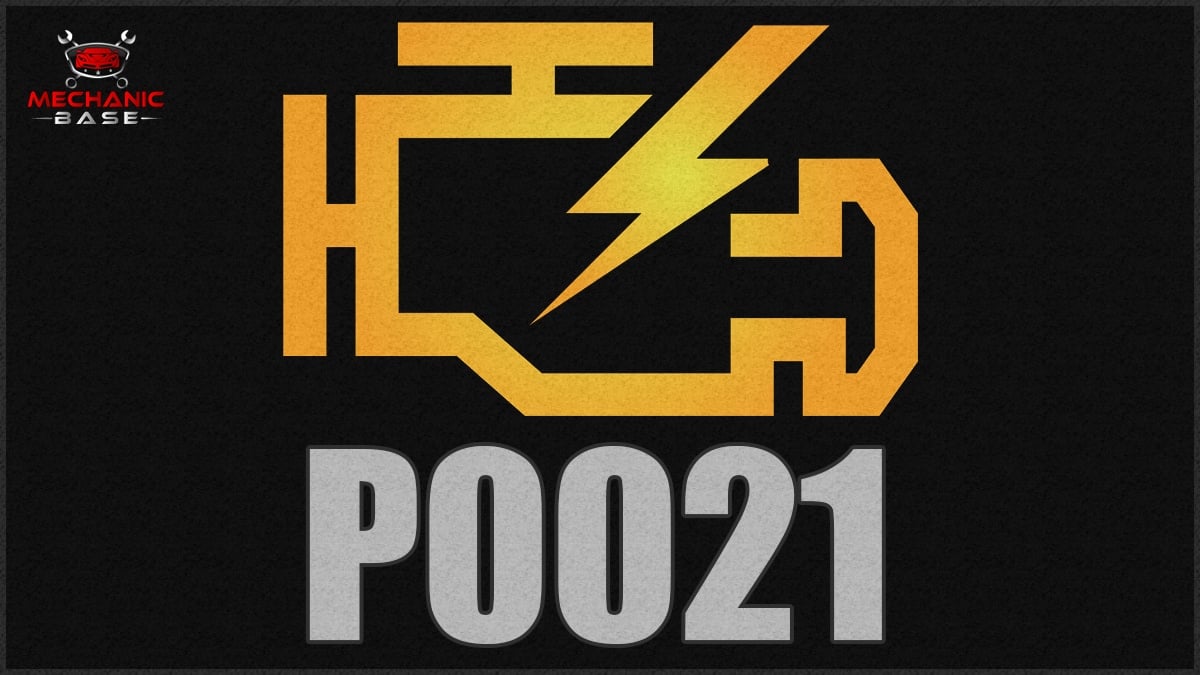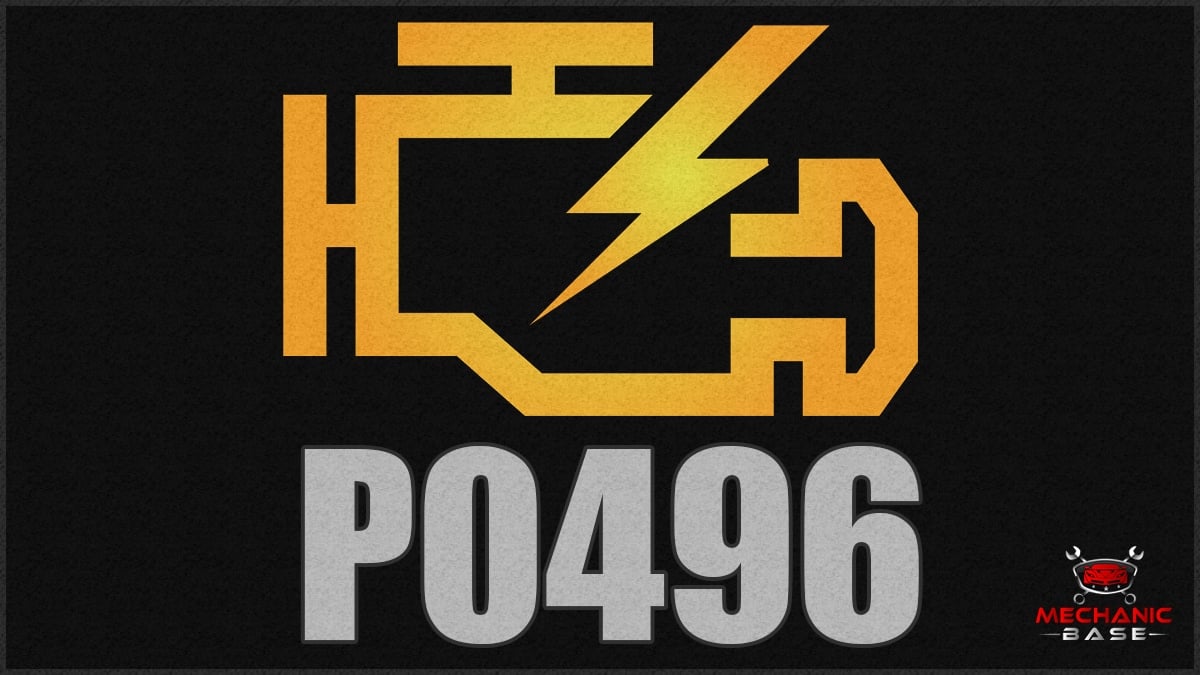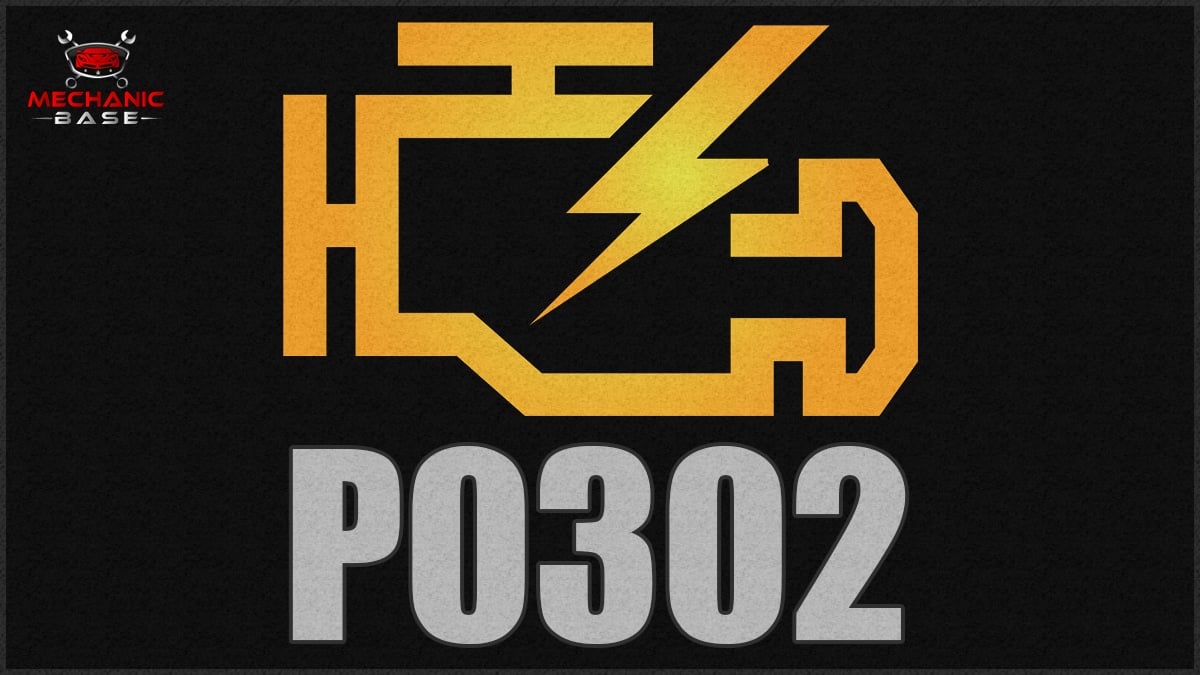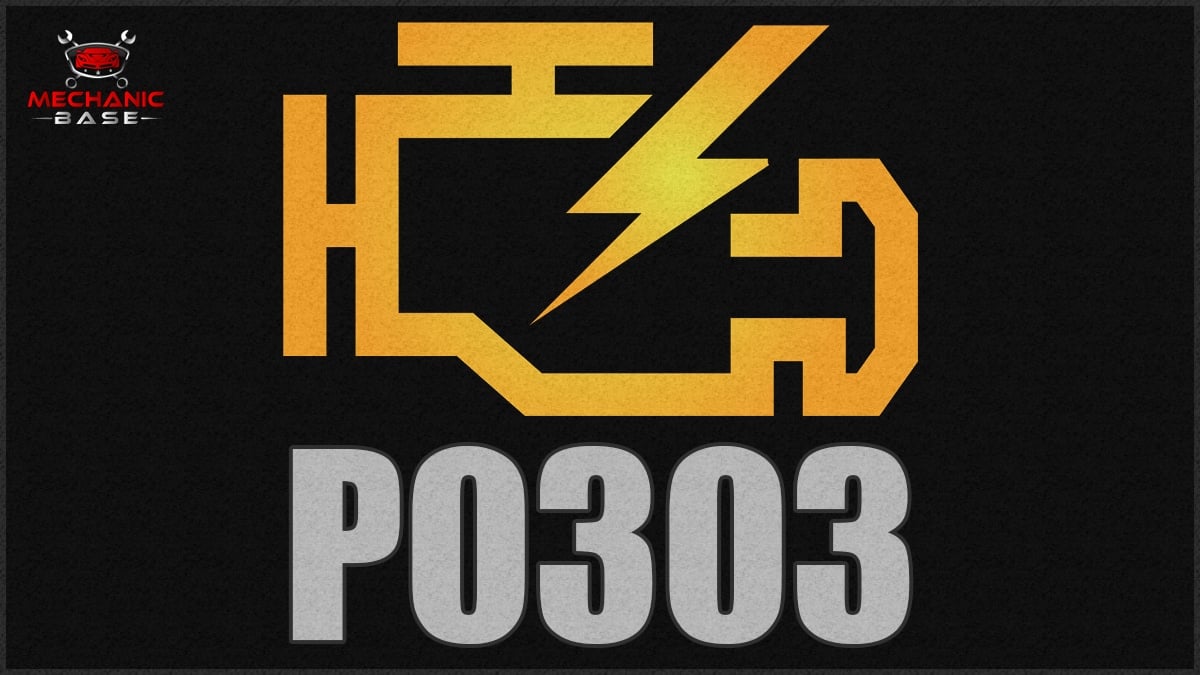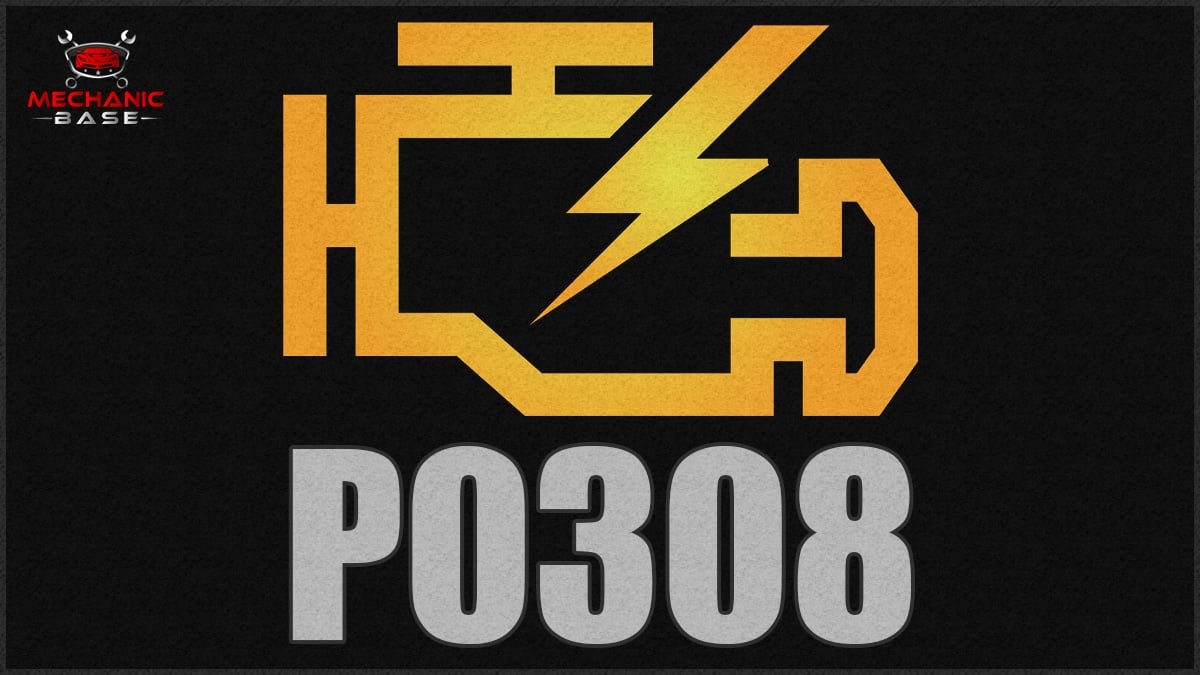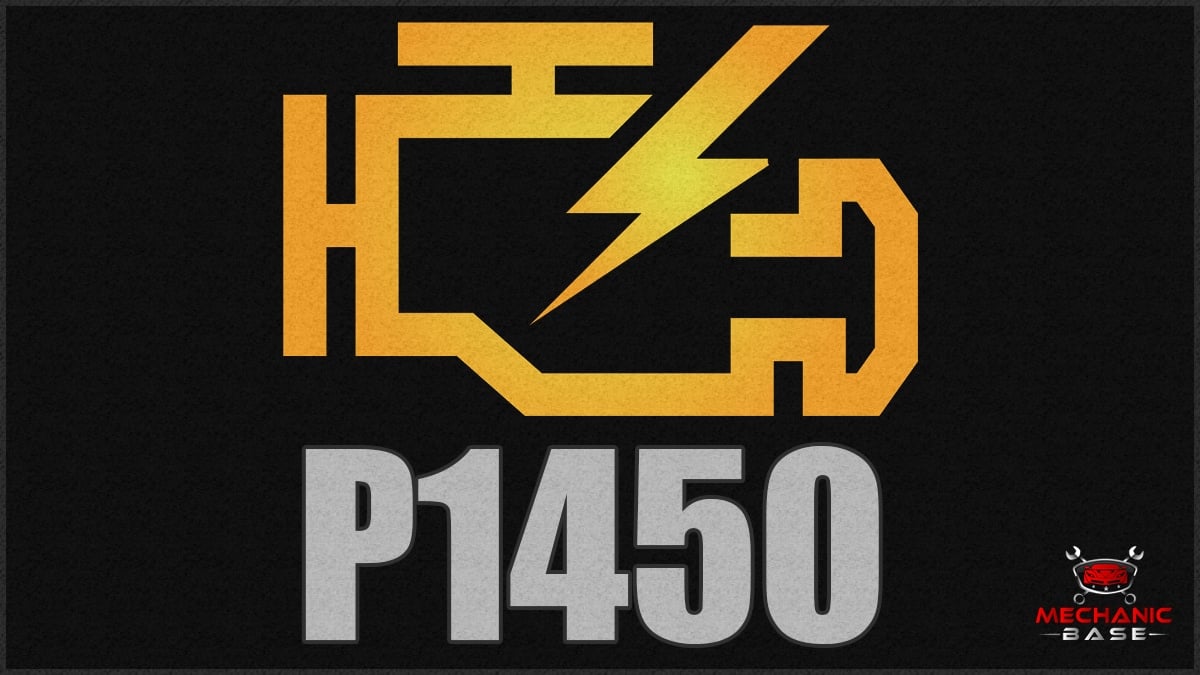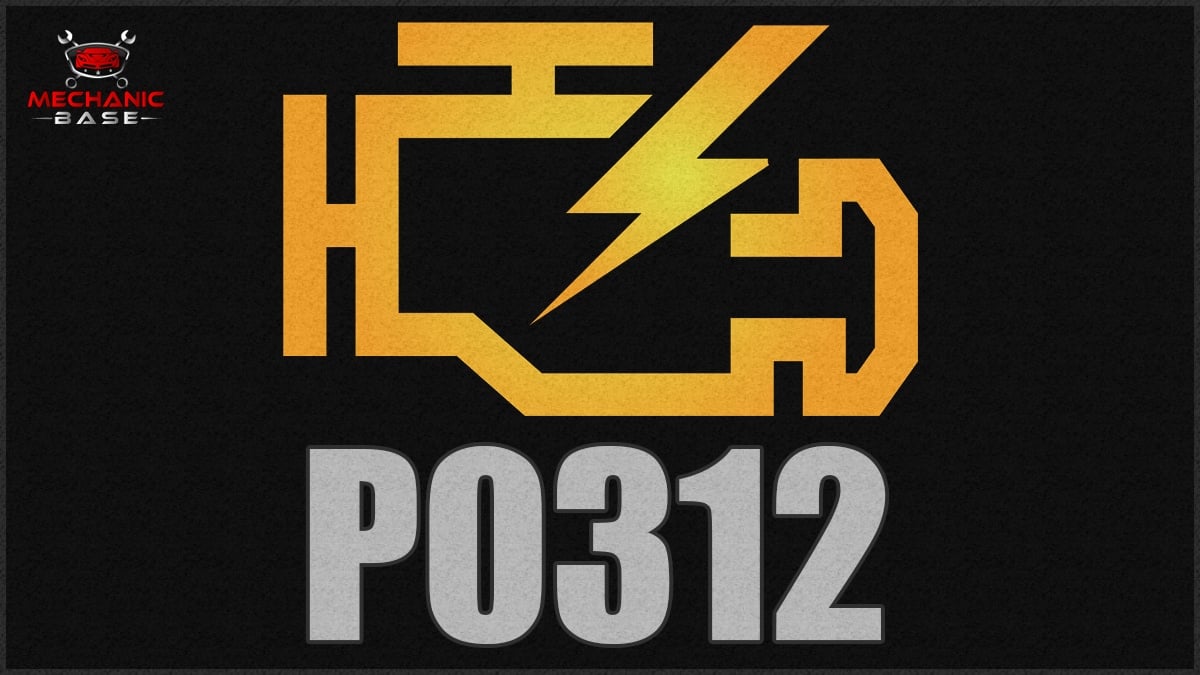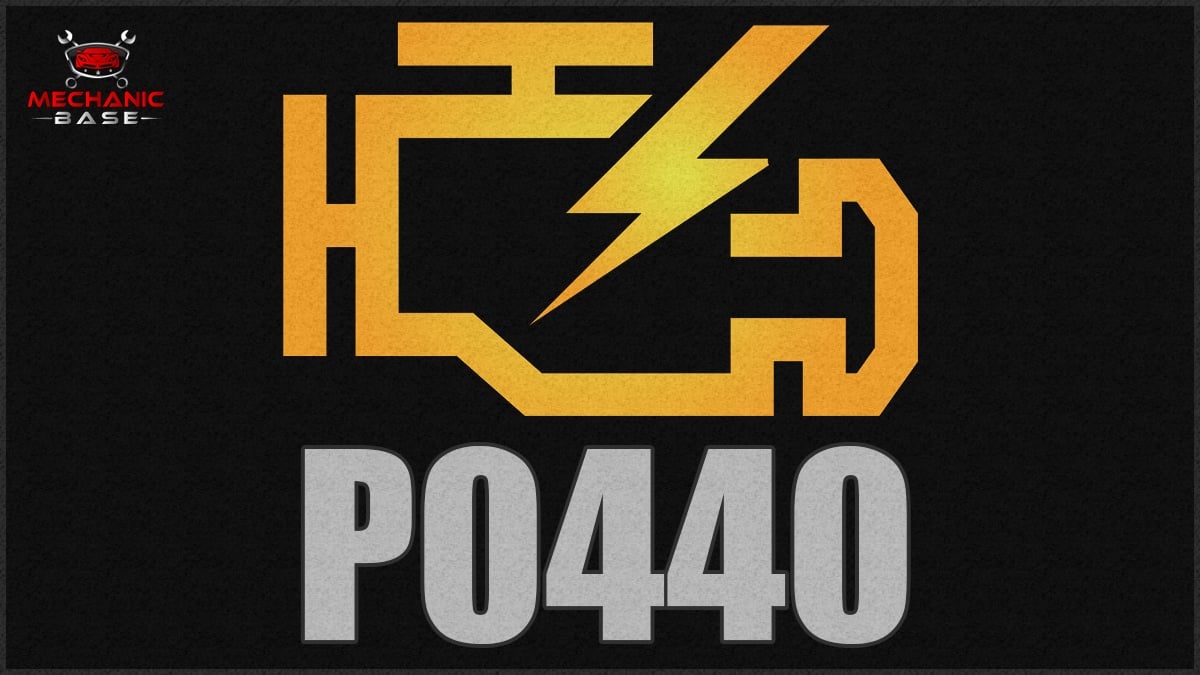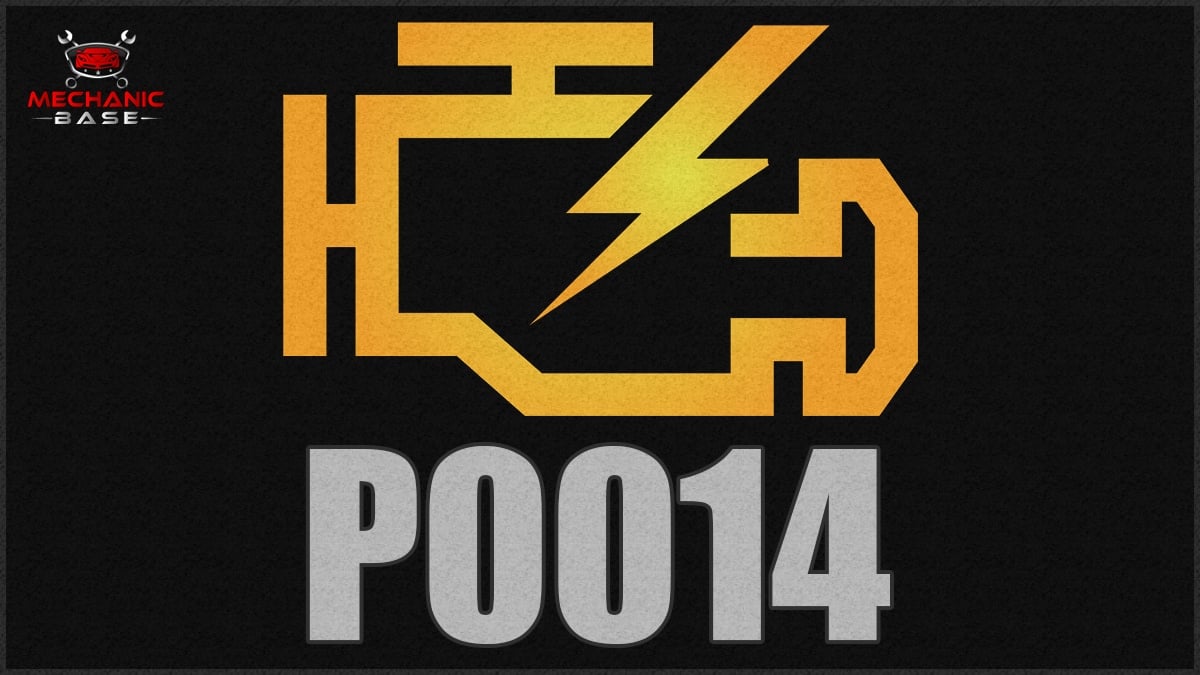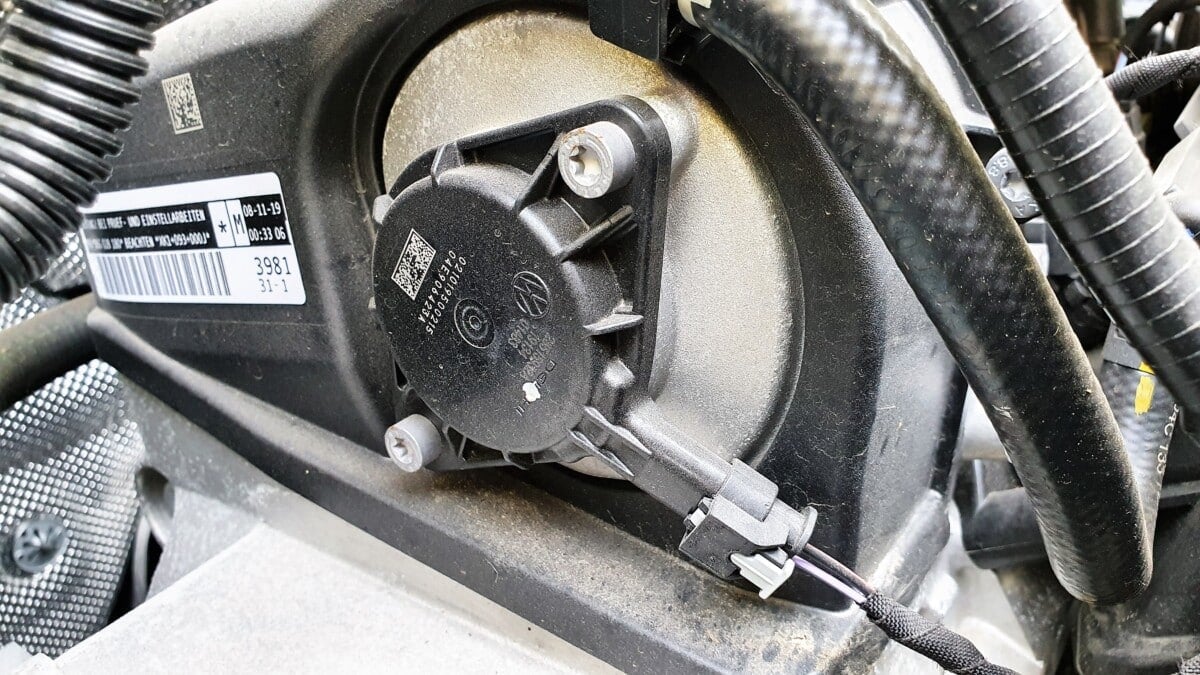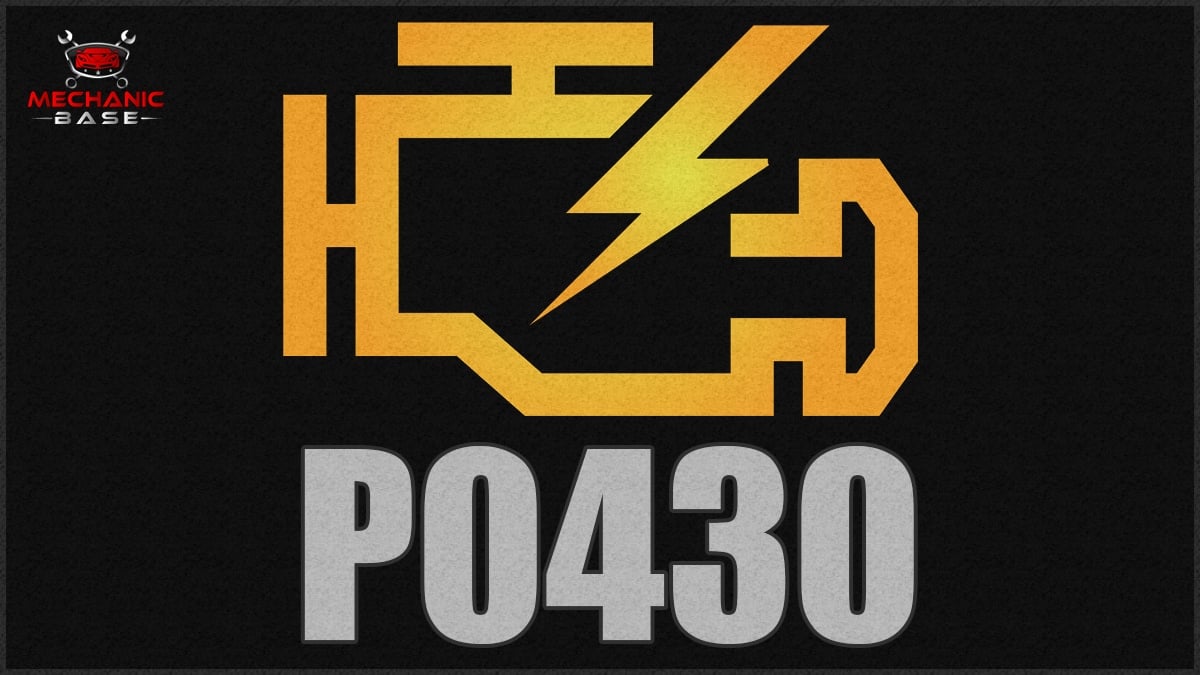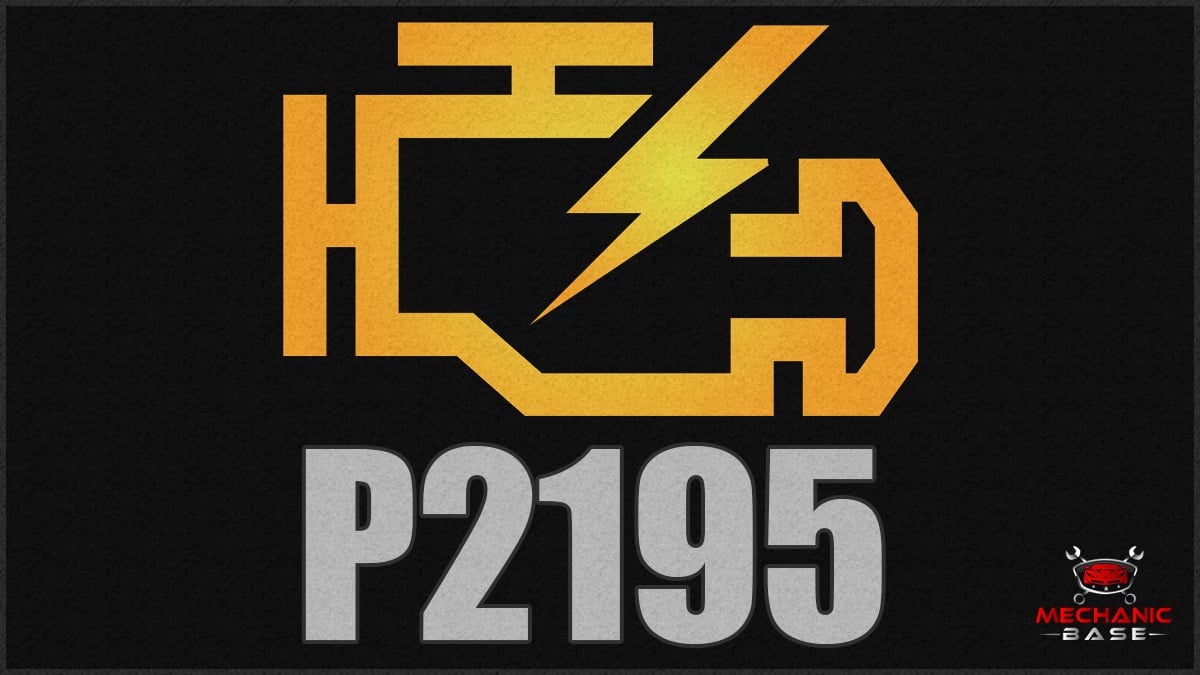Arguably one of the most important aspects of the vehicle’s performance is the engine. If there’s a problem with the engine, no part of the ride is enjoyable. That’s why it’s so disheartening to see the Check Engine Light come on and find the P0012 code with your diagnostic scanner.
In this guide, I explain to you what the P0012 trouble code means. I also show you what causes this problem, the symptoms you might face, and I show you possible repairs for the issue.
Code P0012 Definition
P0012 – Camshaft Position “A” – Timing Over-Retarded (Bank 1)
What Does the P0012 Code Mean?
P0012 is a generic powertrain code. It indicates the engine control module (ECM) has noticed that the timing of the intake camshaft for bank 1 is different from what it should be. The ECM is responsible for determining where this timing should be and it sends an alert whenever it is falling behind.
This timing issue happens during either the retarding or advancing phase of the camshaft’s positioning. It could also present itself with other trouble codes at the same time.
P0012 Trouble Code Symptoms
The first signal that something is wrong normally comes because the Check Engine Light illuminates. However, the P0012 code can cause a multitude of other symptoms, some of which are more noticeable than others.
Here are the most common symptoms exhibited with this condition.
- Check Engine Light illuminates
- Additional misfiring codes (such as P0300 through P0308)
- Rougher engine performance
- Stalling engine
- Reduced fuel economy
- Knocking/rattling from the motor
- Failed emissions test
The drive problems that you experience depend drastically on where the timing position is of the camshaft when it stops advancing. The symptoms may not be the same across the board.
Causes of the P0012 Code
There are several reasons the P0012 code can occur. Some of them are easier to deal with than others, so it’s important to perform a complete inspection to figure out what’s going on, thereby resolving the fault and the initial cause.
Here are some of the most common causes:
- Low engine oil
- Contaminated or dirty engine oil
- Reduced oil pressure
- Incorrect camshaft timing
- Electrical short
- Defective intake valve timing solenoid
- Bad oil control valve
How Serious is the P0012 Code?
Severe – You may be tempted to continue running the vehicle if it hasn’t stalled, but you shouldn’t. It’s best to have the problem resolved as soon as you can.
With many of the causes and the symptoms that are occurring, permanent engine damage could quickly occur. For that reason, you want to resolve the issue before it leads to bigger trouble.
What Repairs Can Fix the P0012 Code?
The only way to determine the appropriate fix is to first figure out what’s causing the P0012 trouble code. Once you know that information, you will know what to do next. That’s why I discuss how to diagnose the problem a little further down in the article.
For now, here are a few common repairs you might need to consider.
- Perform an oil change
- Replace oil pump
- Install new oil control valve
- Replace camshaft actuator
- Repair electrical issues
- Replace intake valve timing solenoid
- Replace timing belt or chain
Common P0012 Diagnosis Mistakes
The most common mistake that occurs when diagnosing P0012 trouble codes is to assume you know what the problem is. Without a step-by-step check, you will be putting parts on the car it might not need.
Instead, make sure you follow the right diagnostic steps for your vehicle to properly determine what’s wrong. In that, make sure you also check the connections and wiring for anything that might be causing a short.
How to Diagnose the P0012 Trouble Code
If you want to troubleshoot your car just like a professional mechanic would, you must first review the manufacturer’s pinpoint test procedures. Every engine requires different testing and has varying parameters that are considered normal. For this reason, I can only supply you with generic steps to get you moving in the right direction. Get a repair manual for the correct procedure for your specific car model.
You might choose to follow these procedures in accordance with manufacturer recommendations.
- Document the engine trouble codes. If there is more than one, you have a better chance of figuring out what’s wrong. If there is an abundance of trouble codes, you might reset the system and go for a test drive. After the light comes back on, you can check the codes again and freeze-frame the data.
- Start by checking the oil level and quality. If the car needs an oil and filter change, now is the time to perform it. Make sure you use the proper oil viscosity for your vehicle.
- Check the electrical wiring and connectors to the camshaft sensor and oil control solenoid valve. If anything is damaged, it should be replaced.
- Follow the specified steps for your vehicle to determine if the camshaft timing will change based on the manual operation of the oil control valve.
- Check the camshaft timing and inspect the timing chain or belt and the related parts. Use a repair manual for this procedure.
Anything beyond these steps probably requires the help of a professional technician. Your local auto repair shop has the equipment and expertise to take the diagnosis further.
Estimated P0012 Repair Cost
Depending on what you find with your diagnosis, you may be able to repair the problem with one of the fixes I’ve listed. If so, here are some approximate repair costs, including parts and labor.
- Oil and filter change – $45-$75
- New oil pump – $200-$1,500
- New oil control valve – $150-$450
- New camshaft actuator – $300-$1000
- Repair electrical issues – $50-$500
- Replace timing belt or chain – $1000 – $5000
- New intake valve timing solenoid – $300-$550
Mechanics Tips about the P0012 Code
Many people overlook the obvious and move right on to problems that are larger. For example, the wrong oil viscosity could cause the same problems, leading to serious engine damage.
If the oil is too thick, the system could malfunction and issues could occur with the motor. If you are using the wrong oil, it doesn’t cost much to perform an oil change to see if that fixes the problem.
RELATED CODES:
- P0014 – “B” Camshaft Position – Timing Over-Advanced or System Performance
- P0017 – Crankshaft Position – Camshaft Position Correlation
Categories: OBD Codes
